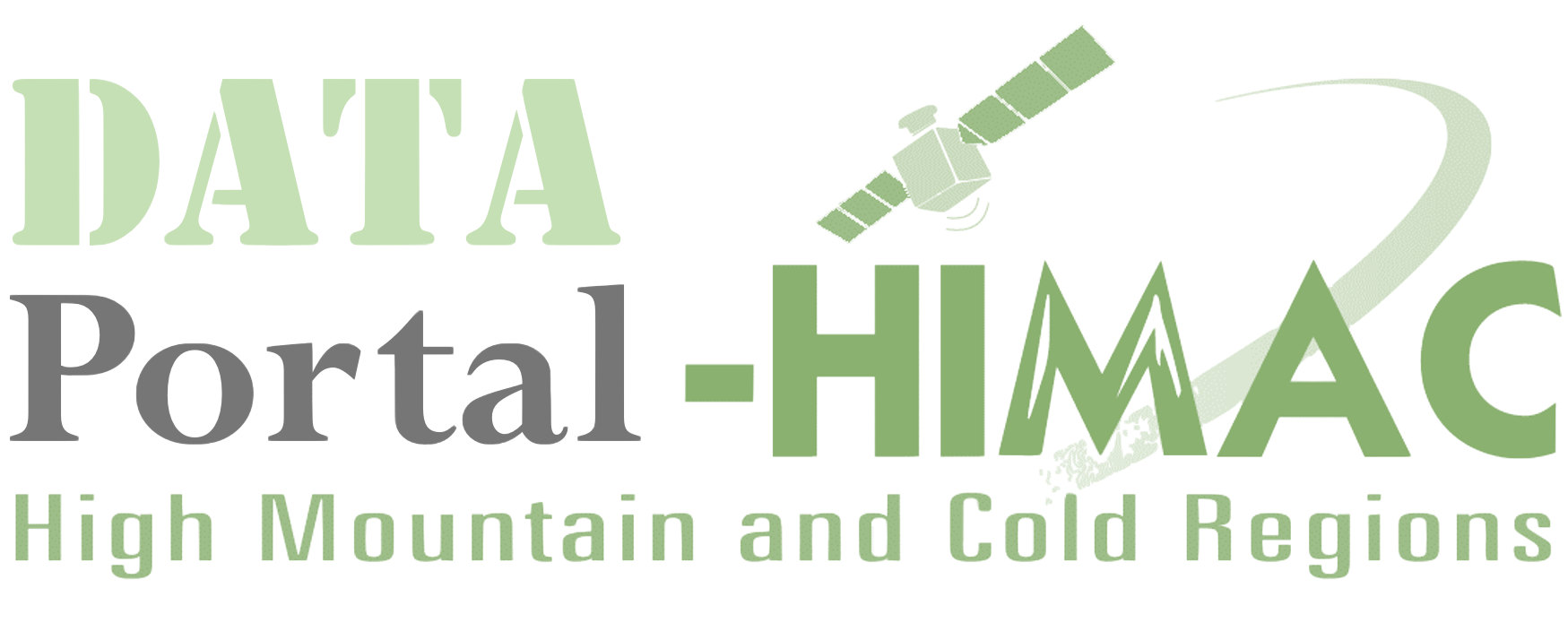You're currently viewing an old version of this dataset. To see the current version, click here.
Canadian Cryospheric Information Network
Data and Resources
Additional Info
| Field | Value |
|---|---|
| Source | https://ccin.ca/index.php/ |
| Last Updated | May 26, 2021, 02:26 (UTC) |
| Created | October 6, 2020, 08:49 (UTC) |
| Country | Canada |
| Data Management | The ArcticNet metadata will be permanently archived by CCIN and by the Integrated Science Data Management (ISDM; formerly the Marine Environmental Data Service MEDS) of DFO. Back ups of the data will also be made and archived at different locations. All researchers must address the issue of long term archiving according to the type of data they are generating and state explicitly what their plans are for long term storage. The data should be archived using relevant existing databases and if these facilities do not exist, researchers should seek support from the ADMC. Certain datasets will be housed at various locations (e.g, Health Canada, Centre d' etudes nordiques) and access will be subject to the rules of each institution. |
| Data Policy | ArcticNet data are those data collected and generated by ArcticNet scientists and collaborators and by ArcticNet-funded projects during the ArcticNet timeframe (2004- 2011). AIll ArcticNet Network Investigators (NIs) must promptly provide metadata for all projects andsubprojects that beneft from ArcticNet, including those that are partially funded by ArcticNet or beneft from the networking. All uploading of metadata and data, and all searching of the ArcticNet Database, must abide by the Terms of Use Agreement (Appendix A). The ArcticNet MetaDatabase and its input and output systems have been produced in closeollaboration between ArcticNet and the Canadian Cryospheric Information Network (CCIN). Metadata : The ArcticNet MetaDatabase is a database of metadata that describes, catalogues and dentifies access points to the diverse data sets that are currently being generated in ArcticNet. It is structured in Federal Geographic Data Committee (FGDC) format, which is compatible with ISO-standards. The ArcticNet MetaDatabase is characterized by an input form and information tags, a data registration module, a keyword search facility, and a ransmission system for XML file transfer to the Department of Fisheries and Oceans of the Government of Canada (DFO), and ultimately to GeoConnections and the NASA Global Change Master Directory (GCMD). A back-up mirror site was setup at DFO for transfer of all metafles. The ArcticNet MetaDatabase has also been adopted by the Canadian Arctic Shelf Exchange Study (CASES), and is described in more detail in Michaud et al. (2008). Entry of information into the ArcticNet MetaDatabase is by NIs, and research team members acting under the responsibility of the NI. Annual funding allocations to NIs are conditional on entry of data into the MetaDatabase. The entries are editable by the NI (via password- protected access). It is the responsibility of each researcher to ensure the quality and accuracy of the data, and the completeness of the metadata entry to allow understanding of he nature and limitations of the data. Data and data sets : All metadata are accessible to the general public, both Canadian and International, mmediately after entry into the ArcticNet MetaDatabase. To ensure the completion of the analysis of data and the publication of scientific manuscripts, the access to ArcticNet data will be limited to ArcticNet participants for a peniod of three years affter the end of an individual project; however, real-time use of data may be required prior to the three year period for the production of the Integrated Regional Impact Studies and Regional Assessments. After this three year period, ArcticNet data must be made available fully, freely, openly, and within the shortest feasible timescale. Researchers must comply with these terms unless negotiated otherwise with the ADMC. |
| Data Sharing Principle | The availability of data after its release into the public domain will be determined by the ADMC in agreement with the data service provider on the basis of an agreement that may include obligation by the users to contact the relevant data supplier before using the data and obligation to acknowledge the supplier and the ArcticNet program in any publication using these data (see Appendix A). Various security levels can be programmed via password protection, according to dataset requirements. Exceptions to this policy of full, free, and open access are (adopted from the Canadian IPY2007-2008 Data Policy): Where human subjects are involved, privacy and confidentiality must be protected.Access to personal information and human biological samples may be provided in accordance with applicable legislation, regulations, ethics approvals and policies, where local and traditional knowledge is concerned, rights of the knowledge holders shall not be compromised, where data release may cause harm, specific aspects of the data may need to be kept protected (for example, locations of nests of endangered birds or locations of sacred sites); and where pre existing data are subject to access restrictions. |
